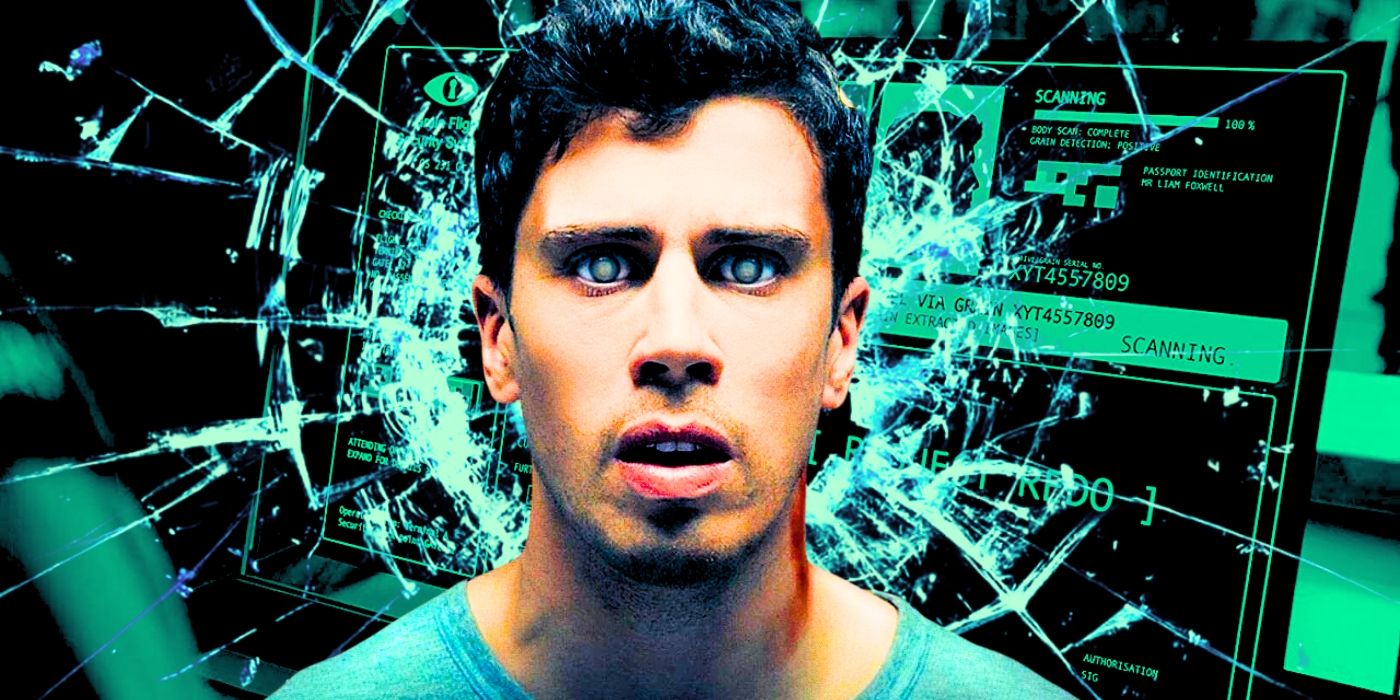Black Mirror, created by Charlie Brooker, has emerged as one of the most captivating series in television history. Its combination of dark, thought-provoking narratives and innovative storytelling techniques has earned it critical acclaim and a loyal fanbase. The show’s cinematic visuals, high production values, and immersive world-building elevate it beyond traditional television and make it feel more like a collection of movies.
Black Mirror follows an anthology format, with each episode presenting a unique standalone story. This allows viewers to explore different worlds, characters, and concepts with every installment, while still maintaining a cohesive narrative framework. The format is reminiscent of anthology films, where each segment explores a distinct theme or concept. By eschewing a continuous narrative arc, Black Mirror has the freedom to experiment and deliver diverse stories that feel self-contained, much like individual films.
The series stands out visually, boasting high production values that rival major motion pictures. Its stunning cinematography, intricate set designs, and impressive visual effects create a visually striking experience that immerses viewers in its futuristic or dystopian worlds. The series also attracts top-tier talent, both in front of and behind the camera. Acclaimed directors bring their unique vision and expertise to each episode, while a remarkable ensemble of actors deliver performances that rival those seen on the silver screen.
Black Mirror pays meticulous attention to its sound design and score, further enhancing the cinematic experience. Carefully selected music, atmospheric soundscapes, and evocative sound effects heighten emotional moments and create a sense of immersion. The use of dynamic sound elements blurs the line between television and film, enveloping viewers in a rich audiovisual experience.
The show’s concise episode format, typically running for 40 to 60 minutes, allows for tighter storytelling akin to a feature film. By eliminating filler content and maintaining a swift pace, Black Mirror creates an immersive experience that leaves a lasting impression on viewers. Each episode is filled with visual cues and metaphors that require active engagement, adding layers of subtext to the storytelling.
Black Mirror explores dystopian futures, technological advancements, and societal critiques, sparking deep conversations among viewers. The series challenges viewers to contemplate the ethical and moral implications of technology and its potential consequences. This intellectual engagement adds another layer of depth to the series and contributes to its cinematic quality.
With its anthology format, high production values, talented cast and filmmakers, concise storytelling, and thought-provoking themes, Black Mirror offers a premium viewing experience. Its ability to captivate audiences and elicit profound emotional responses solidifies its position as a standout series that transcends the conventions of television. As it continues to push the boundaries of storytelling, Black Mirror remains a groundbreaking and captivating series.
Denial of responsibility! TechCodex is an automatic aggregator of the all world’s media. In each content, the hyperlink to the primary source is specified. All trademarks belong to their rightful owners, and all materials to their authors. For any complaint, please reach us at – [email protected]. We will take necessary action within 24 hours.
Khushi Patel is a science fiction author who lives in Austin, Texas. She has published three novels, and her work has been praised for its originality and imagination. Khushi is a graduate of Rice University, and she has worked as a software engineer. She is a member of the Science Fiction Writers of America, and her books have been nominated for several awards.


